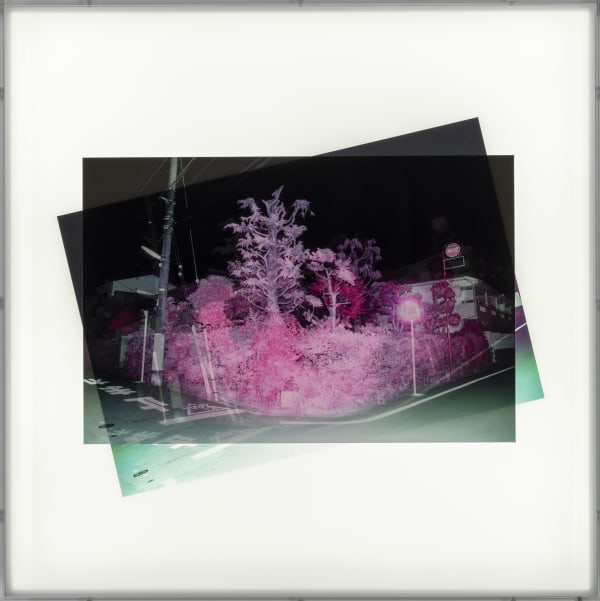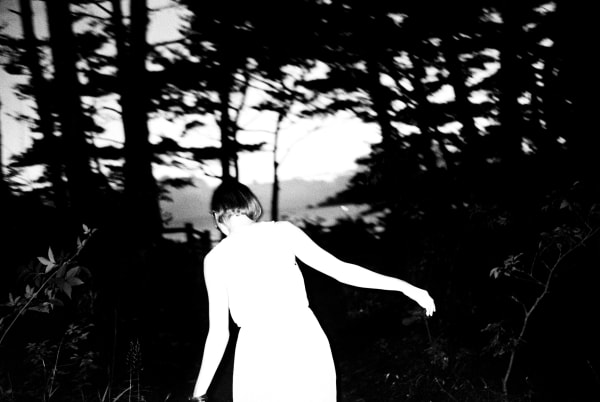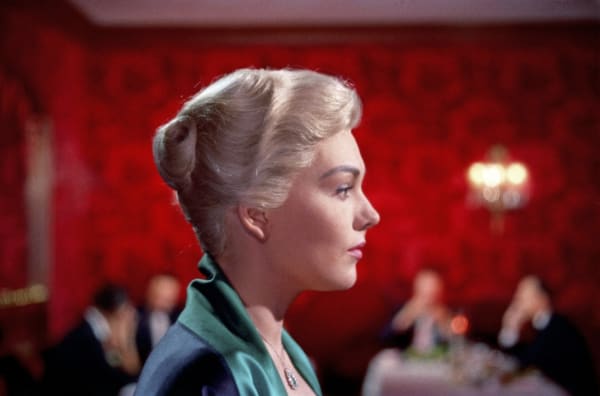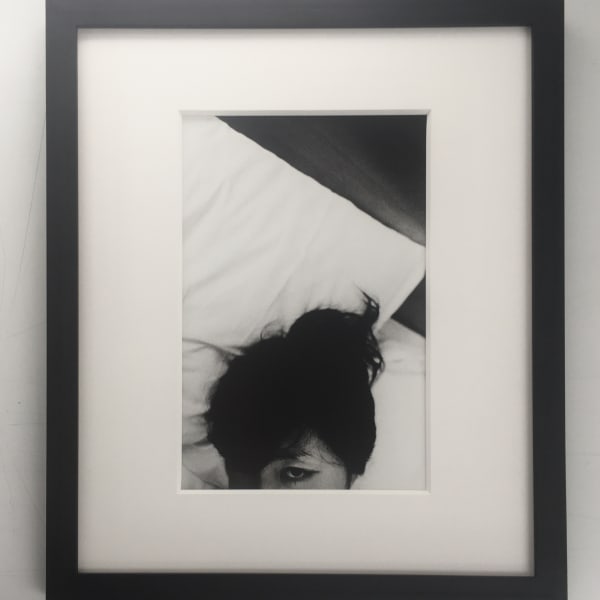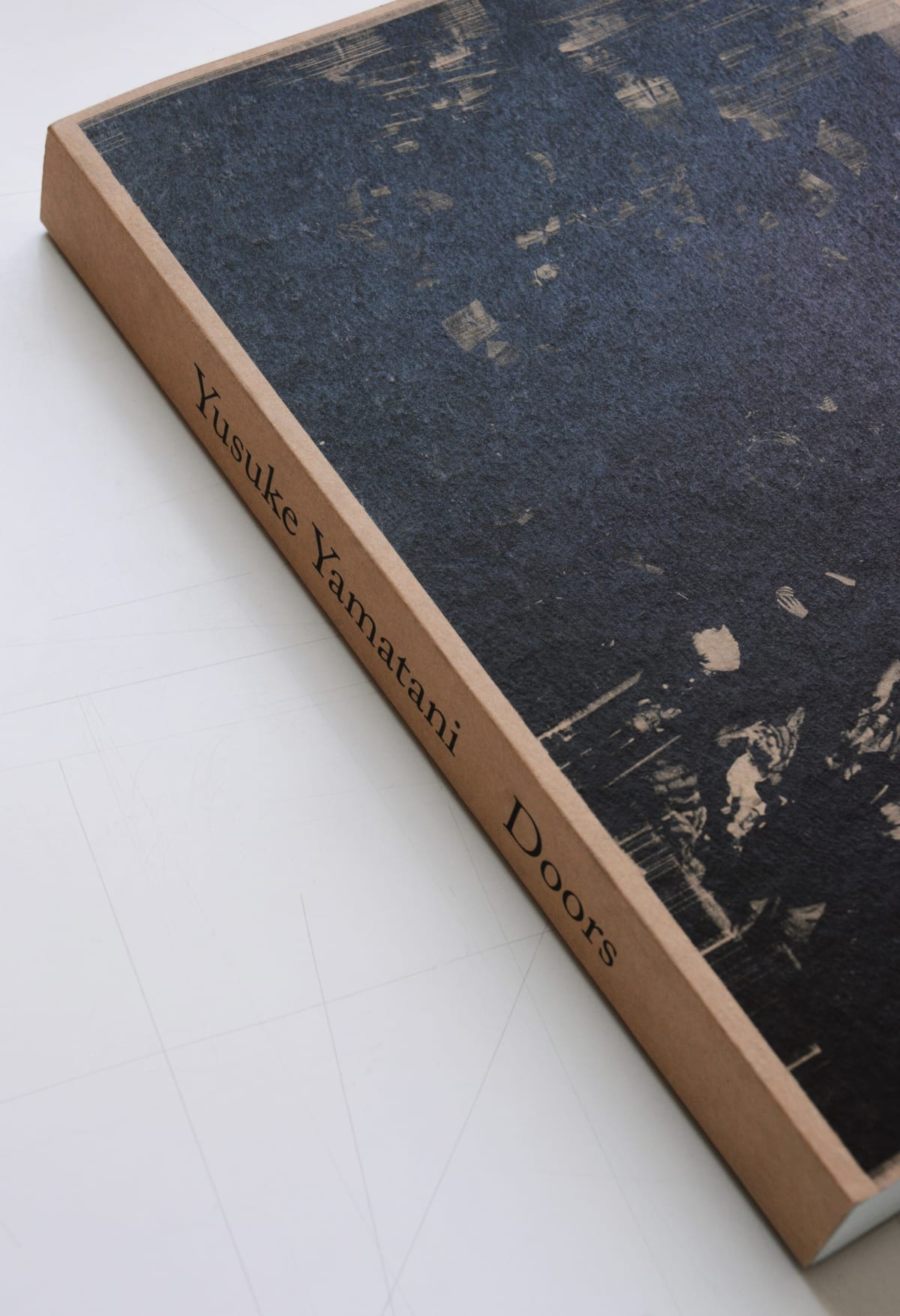Works
Biography
Yusuke Yamatani is a Japanese photographer whose diverse styles and photographic methodologies are united by their resonance with his dramatic personal life. Yamatani describes his photography as developing out of the shi-shashin (‘I-photography’) tradition of intimate, confessional art first pioneered by Araki, who coined the term almost half a century earlier. From documenting the underground scene in Osaka to his honeymoon voyage through the forests of Japan and lonely late night streets in suburban Tokyo, Yamatani has innovated visual languages to articulate each distinct phase of his life.
Yamatani was heavily involved with Japan’s punk music scene as a teenager and started taking photographs with his girlfriend’s camera at 22. After a dispiriting stint as an assistant at a commercial photo studio, Yamatani set out to establish his own mode of photographic expression, embarking on a journey which would take him all the way down to Kyūshū in the south of Japan. It was in Nagasaki that Yamatani was introduced to Shōmei Tōmatsu, one of the legendary founding fathers of post-war Japanese photography, who encouraged Yamatani’s intuitive approach to shooting and taught him to navigate the darkroom. He also introduced Yamatani to the art of an earlier generation of Japanese photographers, including Provoke contributors Daidō Moriyama and Takuma Nakahira, who Yamatani continues to cite as key influences on his work today.
Emboldened by his studies with Tōmatsu, Yamatani decided to explore street photography and moved to Osaka which he identified as a more expressive and community-oriented city than Tokyo. The resultant book Tsugi no Yoru e (‘On to the Next Night’, 2013) documented Yamatani’s life at the nexus of Osaka’s skate and punk subcultures. The photographs from his next series Ground (2014), were taken at many of the same venues as the pictures from Tsugi no Yoru e but from a more conceptually sophisticated perspective; Yamatani printed photographs of the floors of nightclubs and ‘displayed’ them unobtrusively beneath visitors’ feet. In the morning, the abstract pattern of footprints, melted ink and rubbish had created a physical imprint of the night before.
Yamatani got married in 2014, and his series Rama Lama Ding Dong (2015) illustrates the new couple’s journey from Hokkaidō in the extreme north down to Kyūshū. Travelling with their tent and clothes in hand, Yamatani’s camera is drawn compulsively towards bath houses, car crashes, mosquito bites and mountain raves. In 2015, when Yamatani became a father for the first time, his photography recorded the commencement of this new phase of his life less literally. Into the Light (2017) was inspired by lonely walks around his neighbourhood in the middle of the night, having been woken by the baby. A dawning domestic sensibility made Yamatani curious about the lives of others taking place in the dark homes around him, and he began to experiment with infrared photography and its penetrative connotations. Originally popularised in the notorious pictures of Kohei Yoshiyuki and Ikko Kagari, who use infrared lens to capture clandestine erotic encounters taking place in dark parks and packed commuter trains, Yamatani’s photography reappropriates this technology to capture the tense and intimate solitude of these silent houses.
Exhibitions
-

Emerging Contemporaries
Group Show 8 Sep - 1 Dec 2020Emerging Contemporaries , our most recent exhibition, celebrates new work created by contemporary artists, who we have worked with since early in their careers. This show, currently hanging in our...Read more -

PARIS PHOTO NEW YORK 2020
ONLINE FAIR 2 - 5 Apr 2020Read more
News
-

10 beautiful photobooks to check out this summer
i-D August 9, 2023If there’s a better summer pastime than whiling away the hours with a page-turner, we are yet to find it. Summer is, famously, the season...Read more -

Paris Photo New York 2020
Online Viewing Room April 1, 2020Dear Friends, I want to welcome you to our first Viewing Room. The past year I have been championing the haptic - or physical -...Read more
Publications
Enquire


